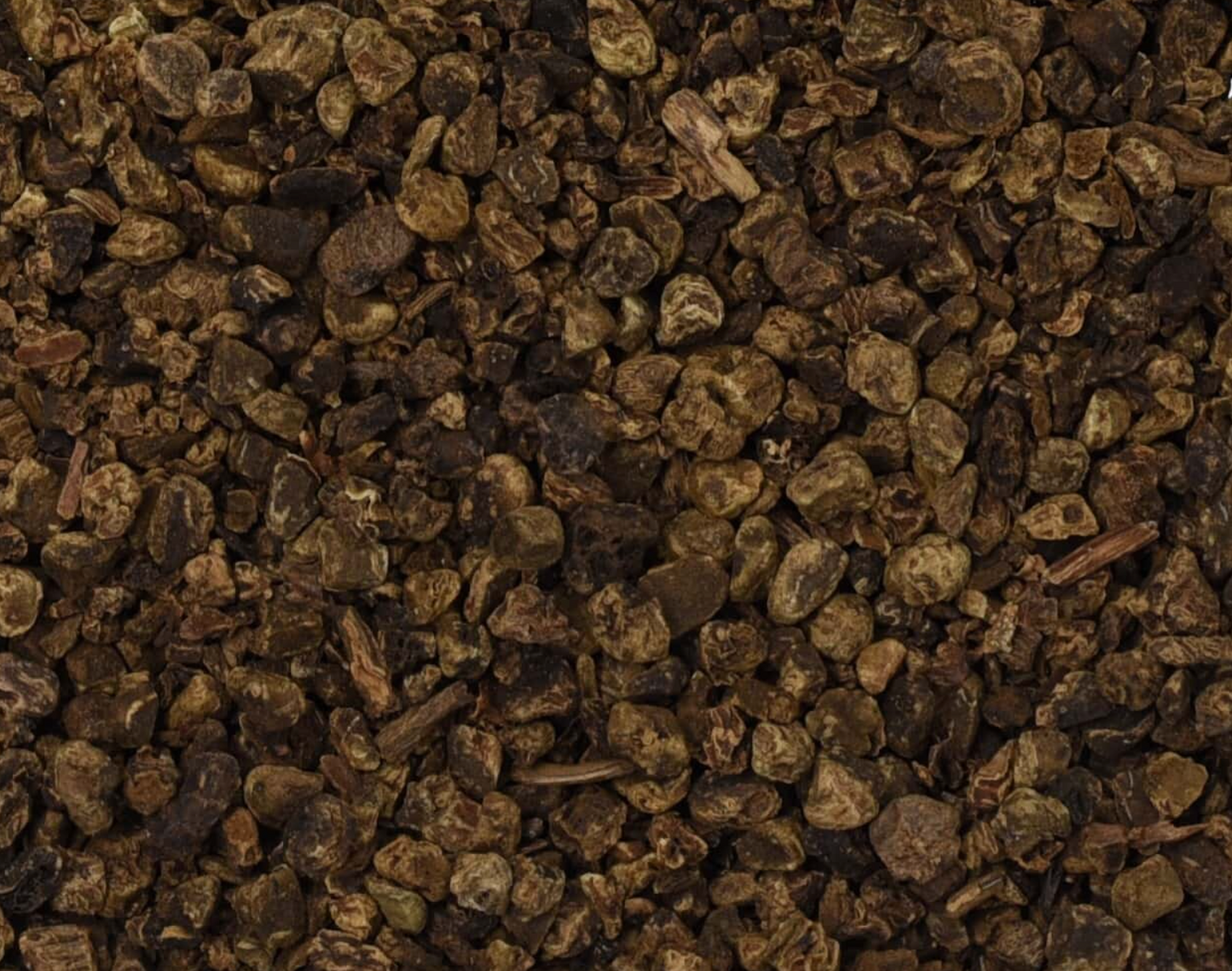Zhi Herbals
Valerian Root (Organic)
Valerian Root (Organic)
Couldn't load pickup availability
Common Name
Valerian, Garden Heliotrope, Garden Valerian
Latin Name
Valeriana officinalis
Origin
India
What Is Valerian Root?
Valerian is a medicinal plant that is native to Europe and Asia, although it is naturalized in North America. Valerian root has a pungent smell and taste. It is best known as an herbal remedy for anxiety and insomnia.
How to Use Valerian Root (Common Uses)
Valerian root can be taken internally as a tea, decoction, powder, capsules, or extract. It works well both on its own and when combined with other herbs. Valerian root can be given to cats in place of catnip.
Medicinal Uses and Benefits of Valerian Root
Valerian is a sedative to the nervous system, and is most often used to help promote sleep and relaxation. It can be used for anxiety and nerve pain, as well as reducing muscle spasms, although large doses may cause tiredness. It is one of the most potent sedative herbs available to herbal medicine, and can sometimes aid in reducing migraine related tension. It is non-addictive and does not affect concentration, although if an excessive dose is taken, it may cause a ‘hangover’ feeling in the morning.
Active Constituents in Valerian Root
Volatile oil, sesquiterpene alkaloids, iridoid esters, alkaloids.
Share


Good quality
Fast shipping, great product and packaged nicely!


